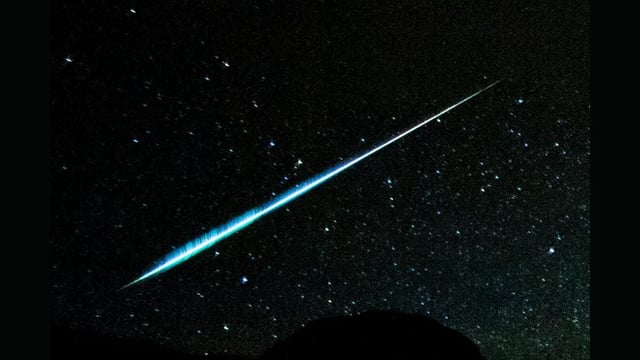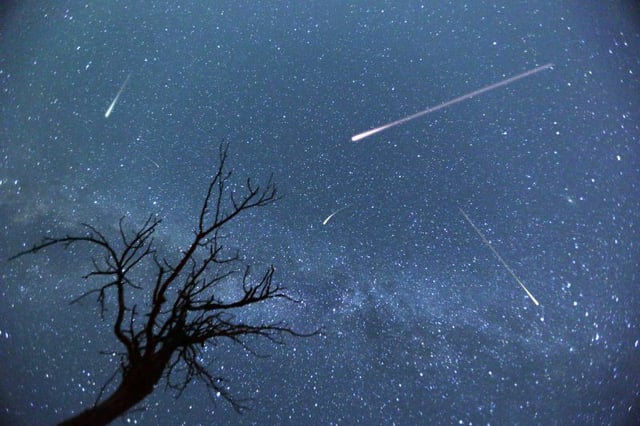Overview
- The Lyrid meteor shower, active from April 15–29, will reach its peak on April 22 between 3:00 a.m. and dawn.
- Meteors will appear to radiate from the Lyra constellation near the star Vega but can be seen streaking across the entire sky.
- To maximize visibility, observers should seek dark, rural locations, allow 30 minutes for dark adaptation, and use red light to preserve night vision.
- The waning moon will set after 3:30 a.m., reducing light interference and enhancing viewing conditions during peak hours.
- The Lyrids, first recorded in 687 BCE, are one of the oldest known meteor showers and are caused by Earth passing through debris left by Comet Thatcher.



